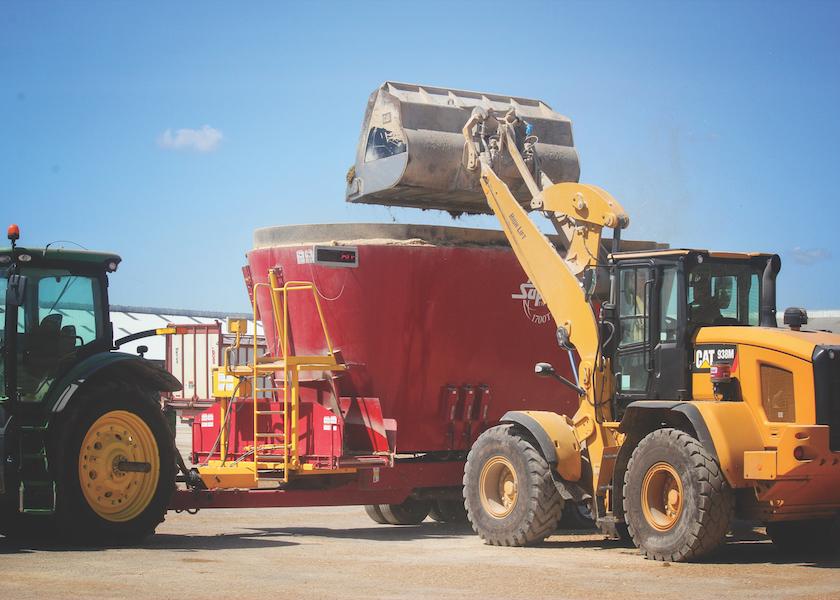Feed Prices Steadier Heading into New Year

After some volatile stretches through the year, feed prices are posting a lower drama level as 2022 wraps up. Corn prices have normalized in the $6.50/bu. range, with nearby futures indicating similar levels going forward.
According to the U.S. Grains Council (USGC), one big corn-value question mark is the corn crop in Argentina, which is suffering from drought. USGC analysts said seasonally, corn futures tend to strengthen heading into the New Year, with the prospect of larger export markets in the spring.
When it comes to exports, China remains a wild card that could dramatically break open ocean freight trade and subsequent commodity market demand next year. If China relaxes its COVID-19 restrictions and reopens its economy, it will be he big story of 2023, according to USGC. However, that move is not expected until at least the passing of the Lunar New Year – a time commonly devoted to large gatherings and celebrations – on January 22.
In domestic crop movement, the low-water situation on the Mississippi River had improved as of early December, creating the opportunity for the passage of larger barge loads. In the same timeframe, the rail strike threat has been resolved, but backlogs and slow service have not.
Soybean meal has posted a strong year-end market rally, currently trading near $480/metric ton (MT), with new contract highs spiking more than $65.00 compared to levels earlier in the fall. Commodity analyst Garrett Toay shared a prediction with AgWeb that he believes meal values may have topped out in the short term. “We’re getting into some rarified air here, and I think we may be due for a correction soon,” shared Toay.
In the meantime, whole soybeans remain steady in $14.00/bu. territory and pushing the $15.00 mark. Strong soy prices also are propping up values for distiller’s dried grains with solubles (DDGS). The USGC report noted that, in the first week of December, ethanol output rose 5.8%, to the highest level in the past 51 weeks.
Despite the increased DDGs supply, DDGS values were up $5.00/MT the first week of December, due to healthy domestic and export demand.







